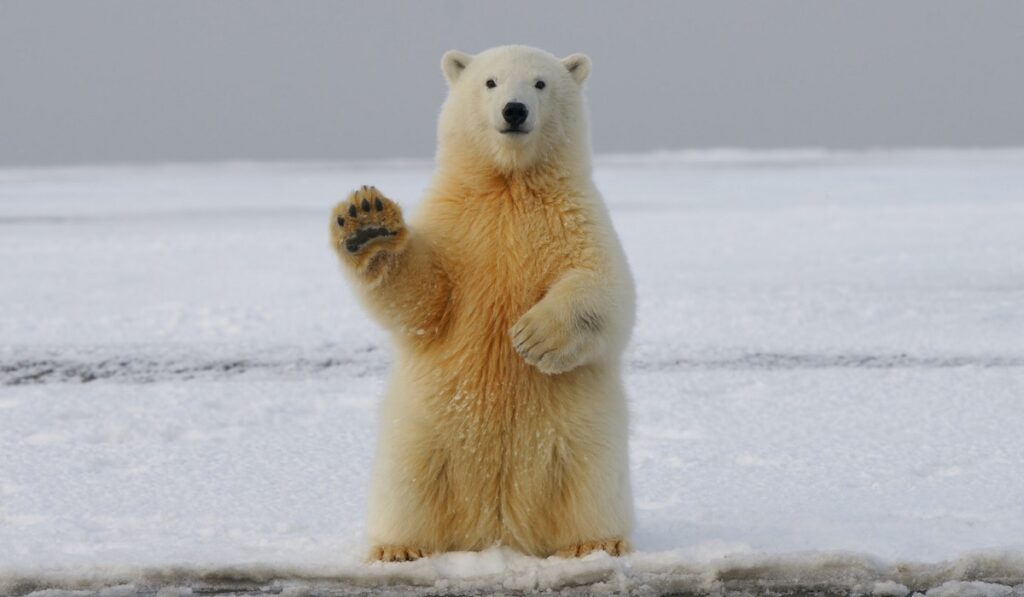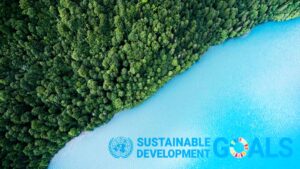On the eastern coast of North Carolina, tucked away in a small grove of pine and white ash, a mother red wolf lies curled in her den, nosing her pups closer to her warmth and away from the gnarled roots that separate above her, exposing branches and blue sky.
Not far away, the steady hum of cars from Highway 264 add a uniquely human ambiance to the quiet of the woods. The mother wolf is one of only three remaining breeding pairs in the country, and this will be her last litter. Her mate was shot and killed by a hunter, mistaking the small wolf for a coyote. She very well could be the last of her kind, and she knows it.
The pups whimper, and she nuzzles them, closing her eyes and letting a low whine escape as the cars continue to rush by.
The Epidemic of Endangerment
As heartbreaking as this story is, it is not depicting an isolated incident. Across the United States and around the world, species are dying off at rapid speeds; largely due to the impact of humans on global habitats. Rapid development, alternative land use, water and air pollution, the introduction of invasive species—the list is long. Since the 1990s, at least 11 species have gone entirely extinct—and those are just species that we know of and have been tracking. As of 2022, there are more than 9,000 critically endangered plant and wildlife species; one step below extinction.
Scientists claim we have entered into the sixth major extinction event of animals on our planet; the last being—you guessed it—the dinosaurs 65 million years ago. At the time, it was the fastest period of mass extinction and took place over the course of 2.5 million years. Today, humans are really giving this stat a run for its money. In the past 500 years alone, humans have been the direct cause of at least 869 known species, but many estimate this number to be much, much higher. In fact, according to Dr Katie Collins, Curator of Benthic Molluscs at the Natural History Museum, “The current rate of extinction is between 100 and 1,000 times higher than the pre-human background rate of extinction, which is jaw-dropping. We are definitely going through a sixth mass extinction.”
And yet, despite these staggering statistics, it’s likely you’ve heard of very few of these species. For example, what do you know about vaquita, or what about saola or the amur leopard? Each of these species and so many others are on the very edge of extinction, and this absolutely impacts, not only global biodiversity, but the very precarious balance of ecosystems all over the world. So why is it we’re not talking about it?
The "Quiet" Disappearance
Unlike the meteor that caused the final dinosaur extinction, which arguably did happen with a “bang,” rapid species loss today is happening much more quietly. In fact, when confronted with the statistics, many people are shocked to learn that some of their favorite animal species are close to being extinct in the wild. This is why it is absolutely critical that we amplify the work of nonprofit organizations working tirelessly to support these species, fight for regulations, and educate the public about how to get involved.
The following nine organizations are EarthShare Nonprofit Partners doing just this. To see more organizations in our Network fighting for wildlife and biodiversity, and to support these and all your other favorite nonprofits in one convenient place, become an EarthShare Member.



